This “Presented to” page dated 24 November 1953 was a single sheet of paper tucked into a Bible of more recent vintage my grandmother had. I almost missed it as it was stuck between two pages in the front of the book. It always pays to go page by page through old books of family members–particularly old Bibles as a variety of items are placed in them for safekeeping. This one is particularly poignant to me as my great-grandmother, who I am guessing wrote the inscription, died a little over two months after this inscription was written.
The FAN concept was first coined by Elizabeth Shown Mills to emphasize the importance of researching not just our direct ancestor, but also their friends, associates, and neighbors. That’s where the acronym “FAN” comes from. It’s a worthwhile concept, but it’s important to remember that your ancestor might not have been a literal fan of everyone in his FAN network–especially his associates and neighbors–and some of their relatives as well. There may have been associates your ancestor interacted with only when necessary. There may have been neighbors of your ancestor with whom he interacted as infrequently as possible. Your ancestor also may have had relatives with whom he interacted only when absolutely (or legally) necessary. Think about your ancestor’s friends, associates, and neighbors, but pay close attention to […]
My “shoebox” at Ancestry has 77 pages of entries in it. I discovered two blog posts from years ago on my Rootdig blog where I was going to follow up and got derailed by real life before I got back to it. My downloads folder has quite a few document images that need to be property named and filed in the appropriate folder. And on it goes. How many loose ends do you have that never got tied up, followed up on, or completely analyzed? It can be fun to look for new things and make new discoveries, but following up on all those things that never got followed up on originally may result in discoveries that are just as exciting. Maybe it’s time to go through that […]
Determining where your farmer who rented all his farm ground lived can be difficult. Census records and other materials in many rural areas may only be as precise as the township where your ancestor lived. Newspapers in rural areas often contained gossip columns that may mention when your ancestor was moving from one farm to another. That could provide the name of the tenant. Keep in mind that the land owner may have owned more than one farm. Use local records to determine what parcels that owner owned. Plat books which map out who owned what parcels of the county can be helpful in determining what parcels were owned by the landowner. County records, such as tax records and deeds, can also help with this determination. If your […]
We’ve brought back my trip to the Allen County Public Library in Ft. Wayne, Indiana. There are details on our announcement page.
It was ingrained in my head from a small child to always read something over before you signed it. It seemed like pretty good advice. Apparently Thomas and John Sledd, Sr. of Louisa County, Virginia, in the 1820s did not follow that same advice. John Sledd, Sr. was the grantor on the deed and his bill of complaint and the deposition of his son Thomas indicated that Sr. did not read the deed until after it was recorded. Oops. The deed included property that was not supposed to be a part of the transaction. Because the deed had been recorded, the Sledd’s apparent recourse was to have a “friendly suit” to petition for the court to correct the deed. There is no indication in the bill of complaint […]
Sometimes relationship terms are also used as terms of affection, even if there is no biological relationship. Take care when a letter, diary, or a relative refers to someone as an “aunt” or an “uncle.” The use of the term may have been done out of respect and not necessarily indicate a biological relationship. Of course, you may gain some clues or insight by researching this person, but if you find no biological connection between the individual and your family be open to the possibility that “Grandma” wasn’t really “Grandma” after all.
The recording of this webinar has been released. Pre-orders have been sent. email me if yours was not received. More information on the presentation can be found on our announcement page.
Analyzing records requires that we think about how the original was created. This 1891 era death register page from Adams County, Illinois, may suggests that the entries were sorted by first letter of their last name in the register. That can be seen by noticing that the initial letter of each surname is the same. It is also clear looking at the certificate numbers in the left column that these items were not entered in sequential order. When looking at any set of records, try and determine how they were organized. Sometimes this will be obvious and other times it will not be. Sometimes the individual who microfilmed or digitized the items included the enough contextual information that the organization is obvious, sometimes they did not. Whenever a […]
For those ancestors who died in the last hundred years or so, consider these locations when looking for an obituary: place of death place of birth place of marriage any places of “significant residence” Obituaries or death notices may appear in newspapers in any of those areas. This is not true for most 19th century deaths, but you never know.
I’ll be honest. I do a fair amount of my genealogy research by brute force. That’s not always the most efficient way to go. I’ve been doing a fair amount of work lately on first cousins of my great and great-great-grandparents. Approximately one fourth of them lived a significant portion of their life in Adams and Hancock Counties in Illinois. There are digital newspapers available for several newspapers in those counties and in nearby towns in adjacent counties. Many of these are hosted on local library or historical websites. There are some newspapers available at the Library of Congress or on one or more of the fee-based sites. There are various digitized county records available at FamiySearch. Some of these are included at Ancestry or other sites to […]
Early in my research I located a divorce record for my ancestor. I assumed it was the only one and I never bothered to search court records for a longer period. That was a mistake. There were two divorces–both from the same man. My aunt’s separation and eventual divorce from her husband in Illinois in the 1918-1922 era resulted in three separate court cases: a separate maintenance suit, a partition, and an eventual divorce. I learned a long time ago to always search for more reference to an ancestor in most sets of records. Your ancestor may have purchased and sold a piece of property that no one later in the family was ever aware of (that’s how I discovered my relative owned a mill for about five […]
Knowing how your relative likely said their name makes it easier to know when you have run across a reasonable variant or to determine what variants for which to look. There are numerous genealogy groups on social media where you can find out how your Swedish ancestor said their last name, how your Irish ancestor may have pronounced his place of birth, or the way your German ancestor may have said his first name. This knowledge matters. Sometime before she died, I heard my great-grandmother say her grandmother’s maiden name of “Behrens.” It sounded somewhat like a combination of Burnes and Barnes with a little more “umph” to it that one would say “Burnes” or “Barnes.” But that is why I find the name written as Barnes, Burnes, […]
One can be tempted to avoid getting marriage records for those unions that do not result in descendants. That’s a mistake. The record itself may tell you something about the relative that you do not know. The spouse in which you are “not interested” may actually be a relative (in some other way) by marriage or blood and that could be a clue as well. And in some cases, like the one I’m working on now, the marriage that resulted in no children was to a Civil War veteran and that resulted in the wife getting a widow’s pension which may tell me more about her origins and her first marriage.
When there are quite a few small, weekly newspapers within “shouting distance” of your ancestral family it can be difficult to search all of them for references to your ancestor. We tend to focus on the newspapers that are the nearest to where the ancestor lived and perhaps the nearest daily paper that may have contained a reference as well. This clipping refers to a fire that destroyed my great-grandparents’ home a few miles from Basco, Hancock County, Illinois, in 1923. I have known about the fire since I was a small child. I’ve seen other newspaper references to it in weekly papers within ten or so miles of their home and references to it in the two nearest daily newspapers. But this reference in the Camp Point […]
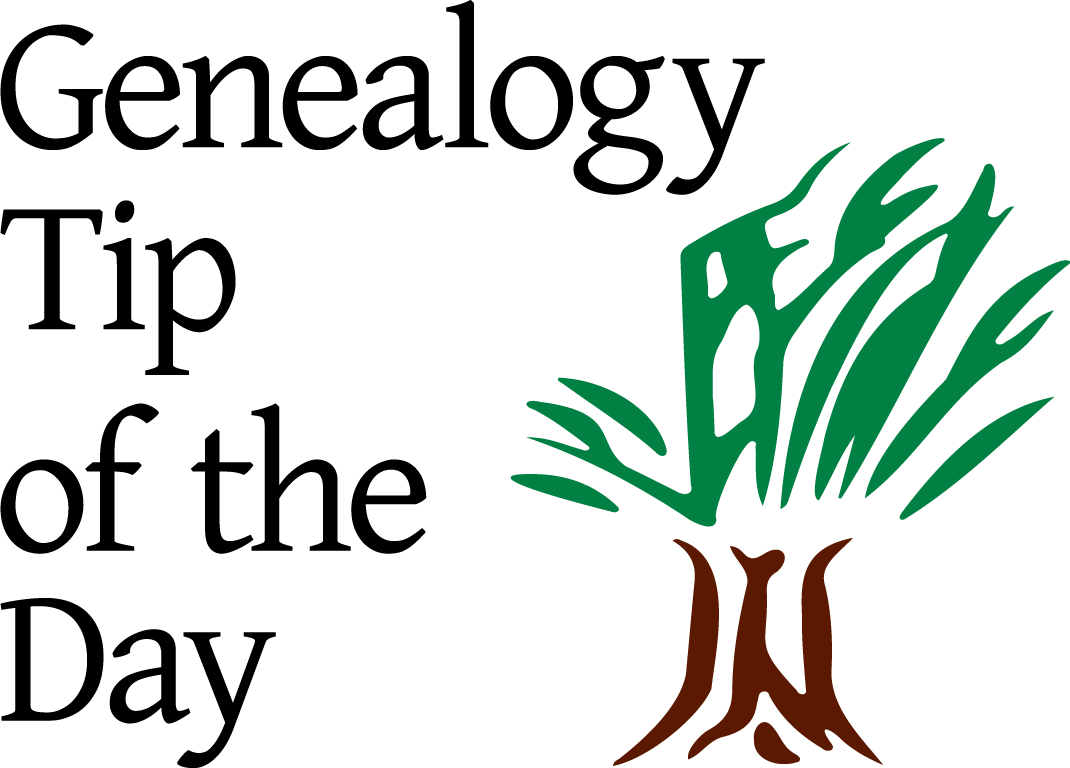
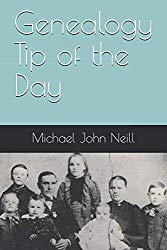
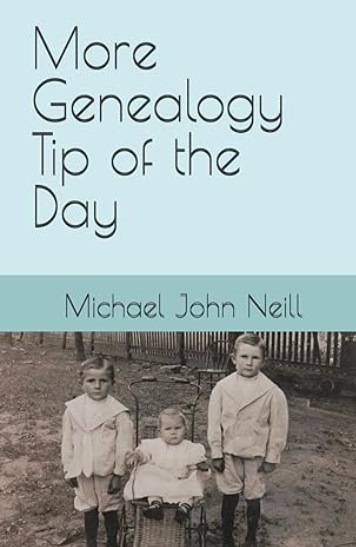


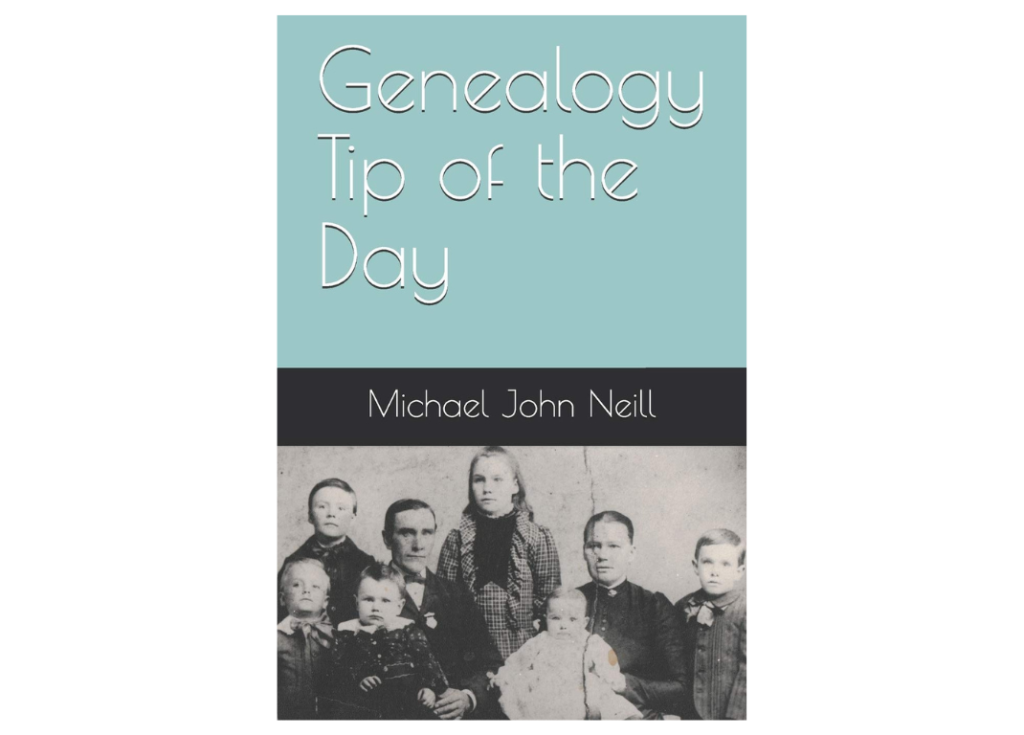
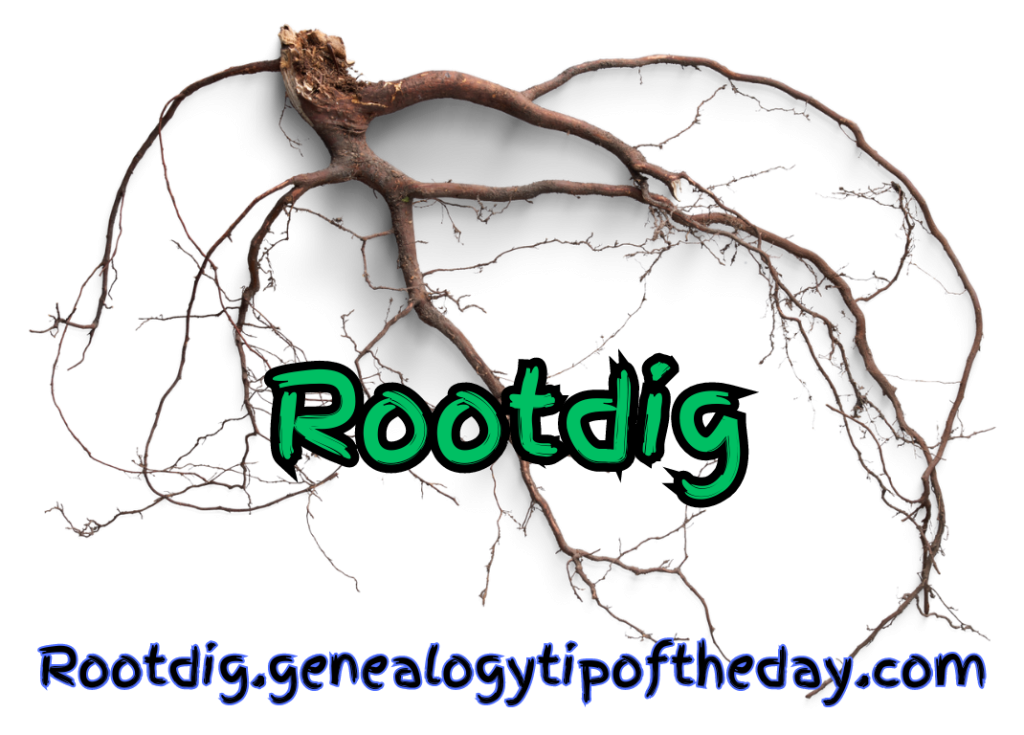

Recent Comments